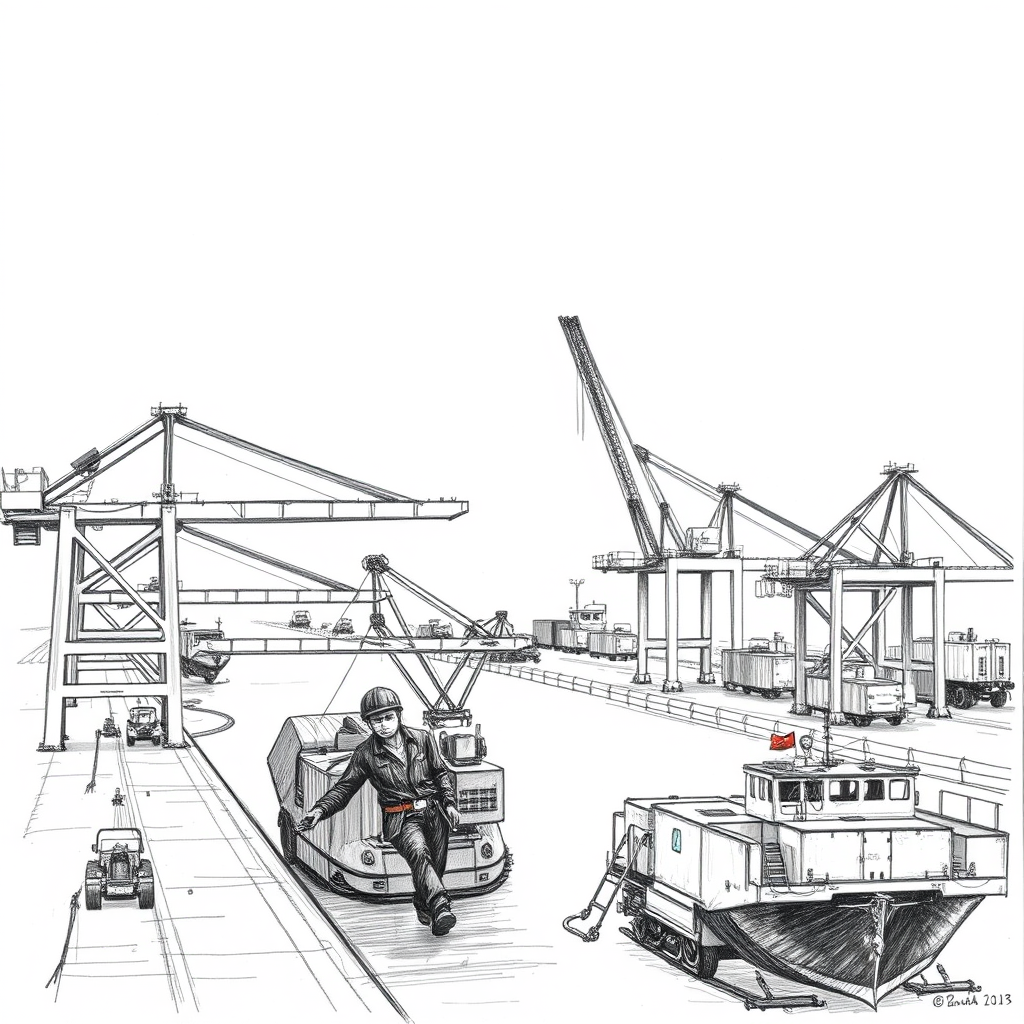Bangladesh Shifts to China, Threatens India’s Access

Bangladesh is recalibrating its geopolitical stance, increasingly turning to China for investment and potentially distancing itself from long-time ally India. This shift is occurring under the current interim government, which is actively seeking economic partnerships beyond its traditional relationships, despite significant existing trade ties with India.
Recent data from the India Brand Equity Foundation (IBEF) highlights the strength of the India-Bangladesh economic connection. In fiscal year 2024, bilateral trade reached $12.90 billion, with India exporting $11.06 billion worth of goods to Bangladesh and importing $1.8 billion. However, Bangladesh is now aggressively courting Chinese investment, with commitments exceeding $2.1 billion, focusing on sectors like manufacturing, infrastructure, renewable energy, AI, and technology. Approximately $1 billion of this commitment comes from Chinese firms.
Officials in Bangladesh are prioritizing the development of Chittagong Port as a key economic hub, a development that has raised concerns in India, particularly in the northeastern region. India has already invested in infrastructure connecting Tripura to the port, and a road link from Sabroom, Tripura, via the Feni River bridge, is nearing completion, aiming to reduce transportation costs and time for goods destined for India’s northeast.
A recent study by the Asian Development Bank underscores the potential cost savings – estimated between 8% and 20% – of utilizing Chittagong Port as a transshipment hub for India’s northeastern states compared to the traditional route through the Siliguri Corridor. Currently, transporting goods from Kolkata to Agartala via the Siliguri Corridor takes 8-10 days and costs between Rs 6,300-7,000 per ton. Utilizing Chittagong could reduce this to 5 days and Rs 5,000-5,800 per ton.
The growing economic ties between Bangladesh and China, coupled with the strategic importance of Chittagong Port, are fueling anxieties in India about potential vulnerabilities in the region. Some Indian politicians, like Pradyot Manikya of the Tipra Motha party in Tripura, have even voiced controversial opinions, suggesting the possibility of territorial adjustments to secure direct access to the sea. Manikya points to the historical presence of indigenous tribes in the Chittagong Hill Tracts who, he claims, have long desired integration with India.
While such proposals are highly contentious, they reflect a growing sense of unease in India regarding Bangladesh’s shifting geopolitical alignment. The situation presents a complex challenge for Indian policymakers, requiring a delicate balance of economic engagement, strategic diplomacy, and careful monitoring of developments in the region. The current trajectory suggests that Bangladesh is actively diversifying its partnerships, and India must adapt its approach to safeguard its interests and maintain a stable relationship with its eastern neighbor. The increasing Chinese influence in a strategically vital region like Bangladesh is a development India cannot afford to ignore.